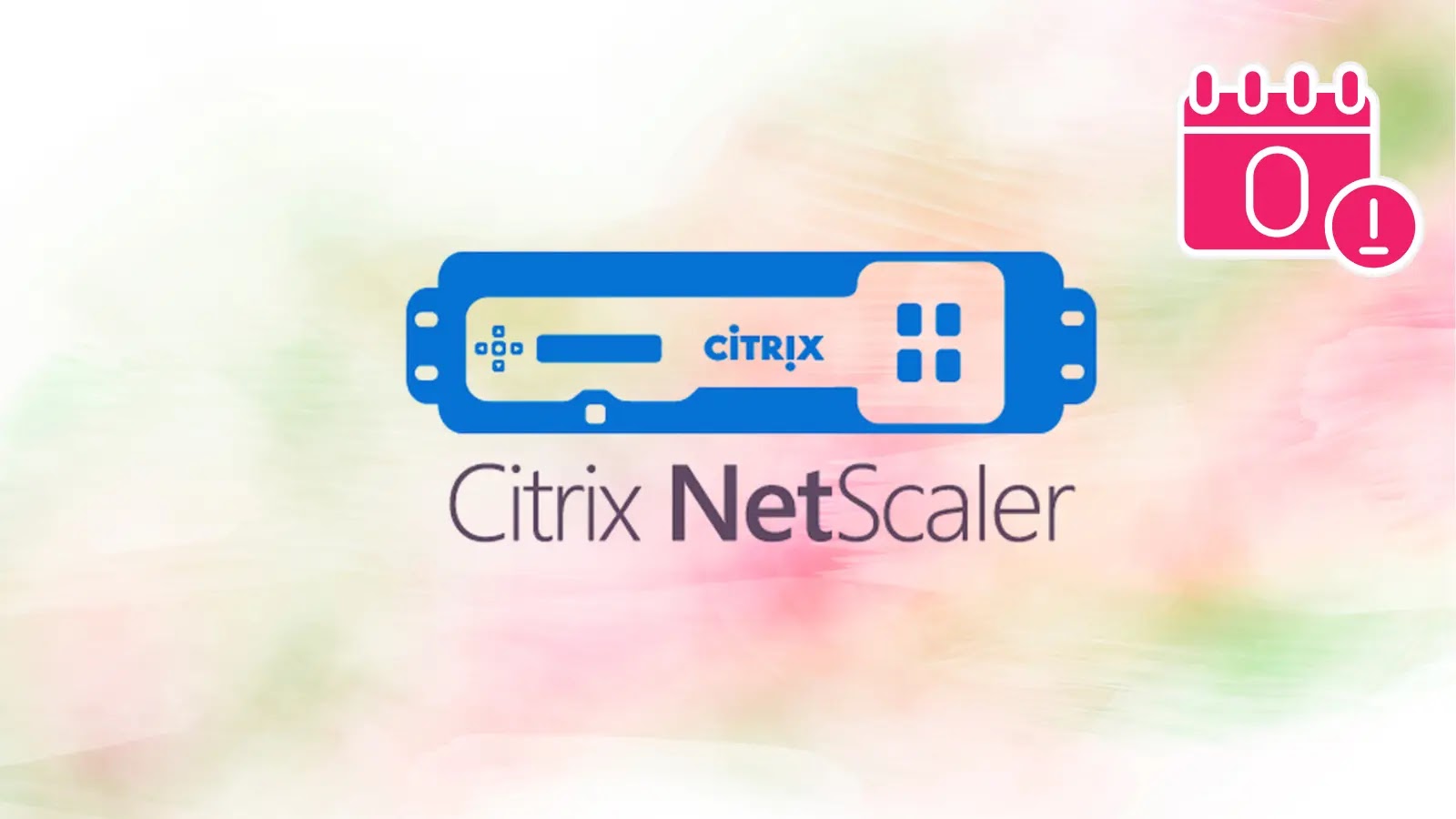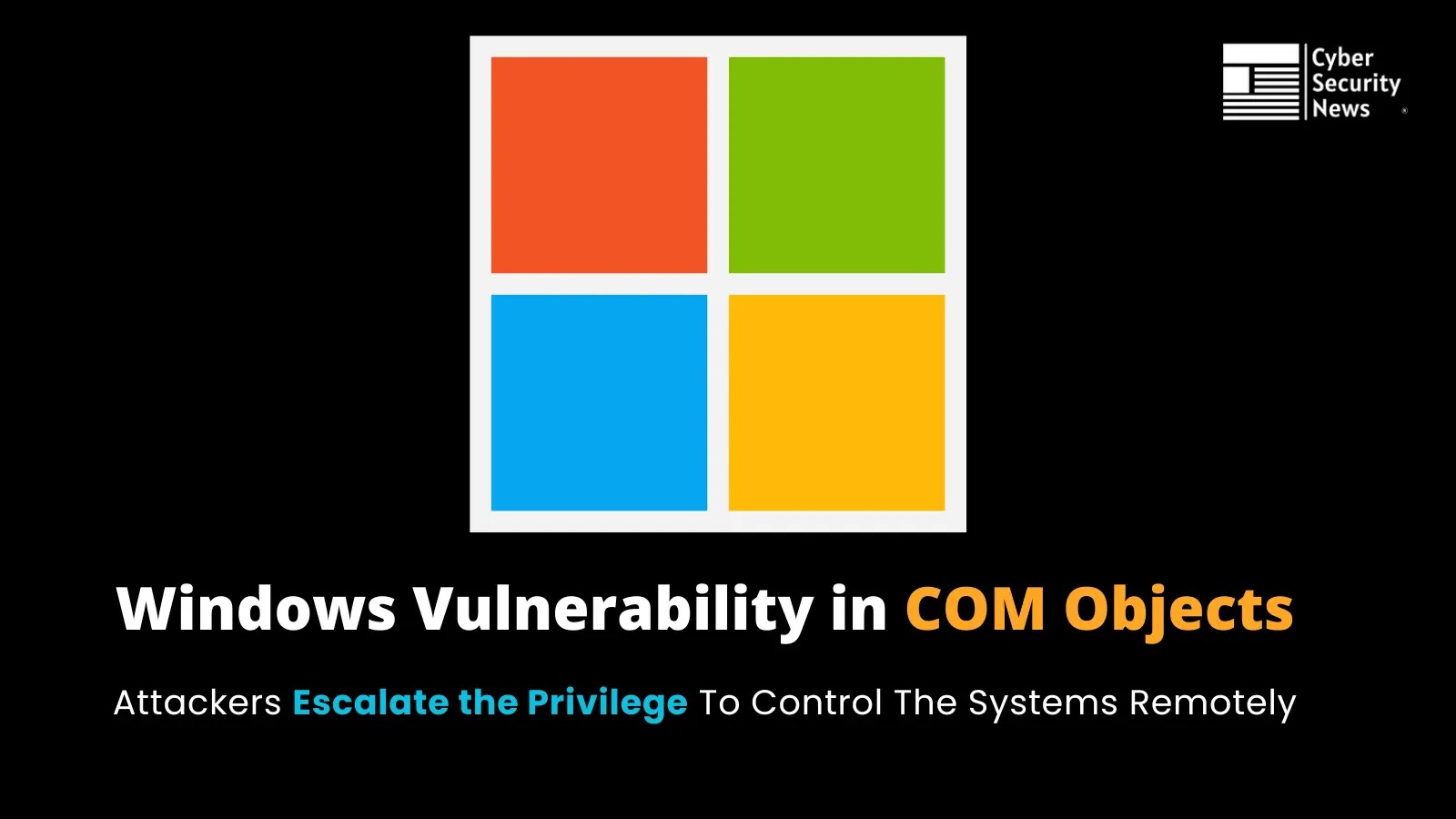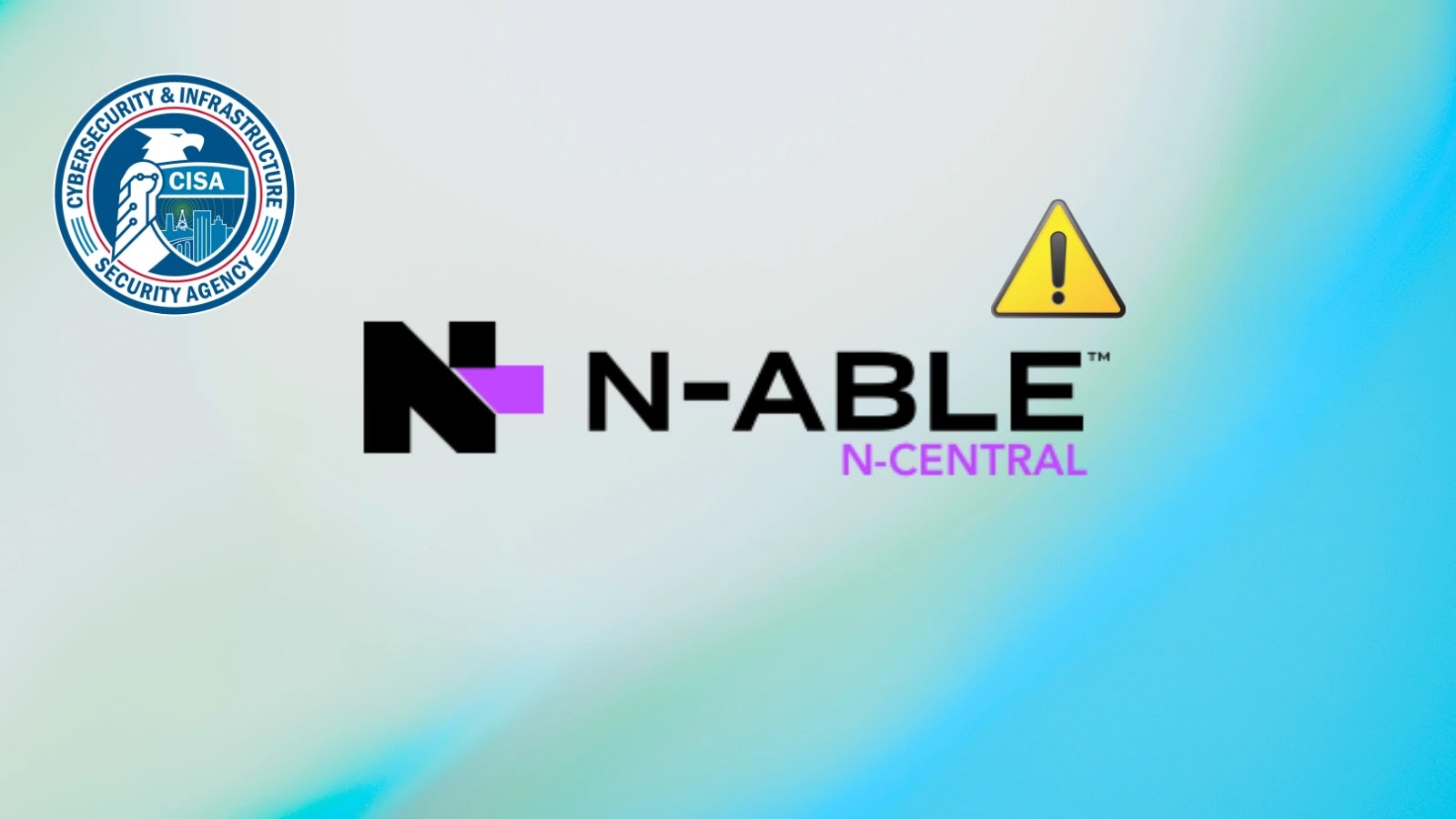CISA has issued an urgent warning regarding a critical zero-day vulnerability affecting Citrix NetScaler systems, designated as CVE-2025-7775.
This memory overflow vulnerability enables remote code execution (RCE) and has been actively exploited by malicious cyber actors, prompting immediate inclusion in CISA’s Known Exploited Vulnerabilities (KEV) Catalog on August 26, 2025.
Key Takeaways1. Citrix NetScaler zero-day vulnerability actively exploited, added to CISA KEV catalog.2. Enables unauthenticated remote code execution.3. Apply Citrix firmware updates immediately.
Memory Overflow Flaw (CVE-2025-7775)
The vulnerability, classified as a memory overflow flaw, affects Citrix NetScaler Application Delivery Controller (ADC) and Gateway systems.
Memory overflow vulnerabilities occur when applications write data beyond allocated memory boundaries, potentially allowing attackers to execute arbitrary code on vulnerable systems.
In the context of NetScaler infrastructure, this represents a particularly severe threat vector given these systems’ critical role in enterprise network architecture.
The Common Vulnerability Scoring System (CVSS) classification and technical specifics indicate this is a buffer overflow condition that can be triggered remotely without authentication requirements.
Exploitation techniques typically involve crafting malicious HTTP requests containing oversized data payloads that exceed allocated memory buffers, leading to memory corruption and potential code execution with elevated privileges.
NetScaler systems running vulnerable firmware versions are susceptible to unauthenticated remote attacks, where threat actors can leverage specially crafted network packets to trigger the overflow condition.
The vulnerability affects the system’s packet processing engine, allowing attackers to bypass security controls and gain administrative access to the appliance.
Risk FactorsDetailsAffected Products– Citrix NetScaler ADC (Application Delivery Controller)- Citrix NetScaler Gateway- Citrix NetScaler SD-WAN WANOP- All firmware versions prior to patched releaseImpactRemote Code Execution (RCE)Exploit Prerequisites– Network accessibility to NetScaler management interface- No authentication required- Ability to send crafted HTTP requests- Target system running vulnerable firmware versionCVSS 3.1 Score9.8 (Critical)
Remediation
CISA’s Binding Operational Directive (BOD) 22-01 requires all Federal Civilian Executive Branch (FCEB) agencies to implement immediate remediation measures for CVE-2025-7775.
The directive establishes strict timelines for patching vulnerabilities based on the Common Weakness Enumeration (CWE) classification and evidence of active exploitation.
Organizations must implement network segmentation and access control lists (ACLs) as temporary mitigation measures while applying vendor-provided patches.
Citrix has released a security bulletin containing firmware updates that address the memory overflow condition through improved bounds checking and input validation mechanisms.
System administrators should prioritize updating to the latest NetScaler firmware version that includes the security fix, typically involving the nsconfig command-line interface for configuration management.
Additionally, implementing Web Application Firewall (WAF) rules can help detect and block exploitation attempts targeting the vulnerable code path.
The inclusion of CVE-2025-7775 in the KEV Catalog highlights the critical nature of this vulnerability and the documented evidence of active exploitation in the wild, necessitating an immediate organizational response to prevent potential compromise of enterprise network infrastructure.
Tired of Filling Forms for security & Compliance questionnaires? Automate them in minutes with 1up! Start Your Free Trial Now!



